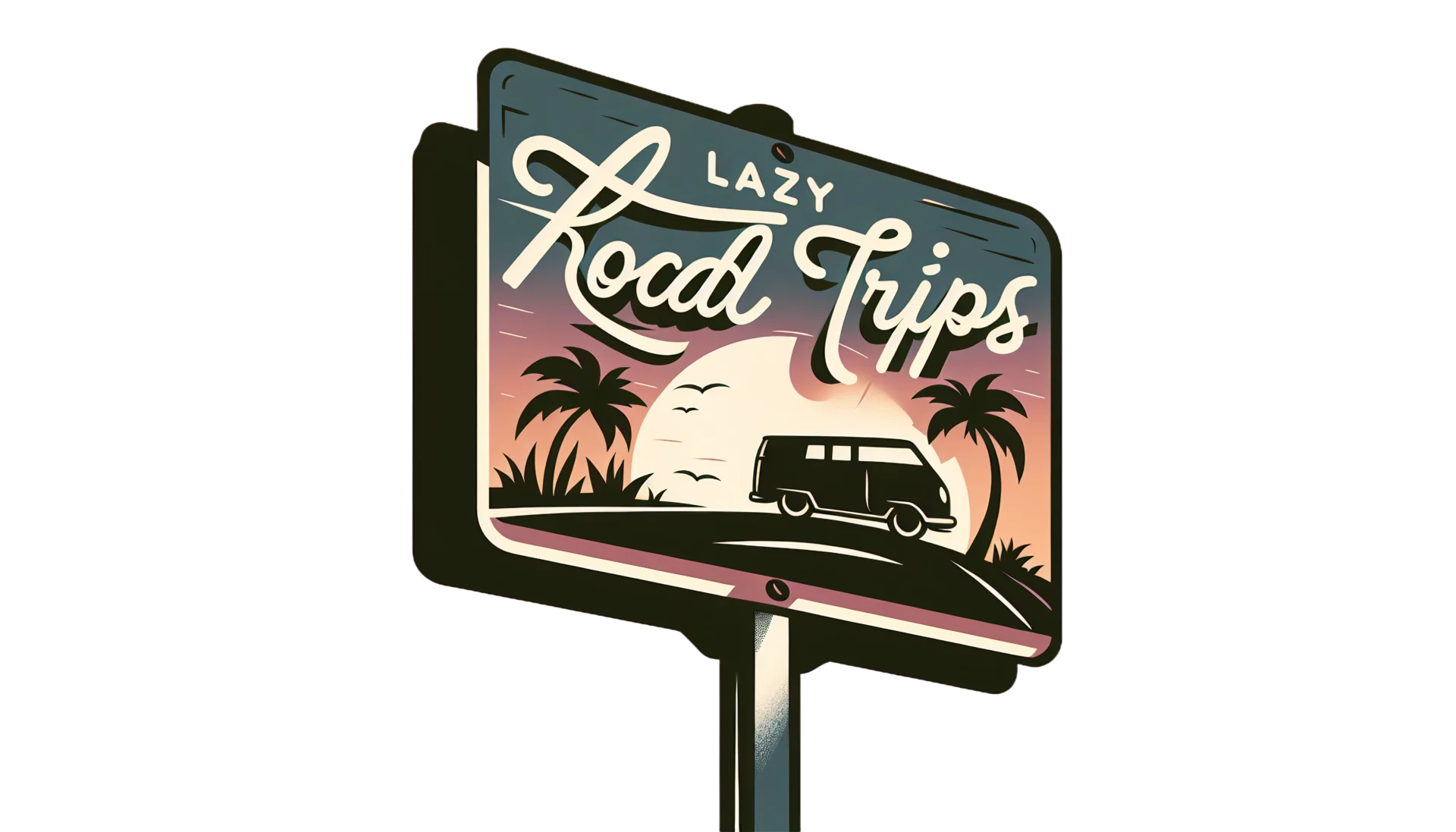San Francisco just rolled out new parking rules for RVs. City officials say they want to address the growing number of people living in vehicles.
The new rules limit how long RVs can park in certain spots. Unsurprisingly, this has kicked off a pretty heated debate among residents, city leaders, and folks who call their RVs home.
This post breaks down the details of these regulations. If you’re planning to visit San Francisco in your RV, you’ll want to know what’s changed—and how to deal with it.
Understanding San Francisco’s New RV Parking Regulations
San Francisco’s Board of Supervisors approved an ordinance capping RV parking in residential areas at 72 hours. Residents had complained about RVs sitting for weeks, saying it caused congestion and safety worries.
The city’s trying to balance public space management with the needs of both neighbors and RV dwellers. It’s not an easy task, honestly.
Key Points of the Ordinance
Here’s what stands out in the new rules:
- 72-Hour Parking Limit: RVs get up to 72 hours in a residential area. After that, you’ve got to move at least a block away.
- Enforcement: The San Francisco Police Department (SFPD) will handle enforcement. Non-compliance could mean fines or even towing.
- Designated Parking Areas: The city’s looking into setting up special parking zones for RVs, but that’s not ready yet.
Implications for RV Dwellers
These new rules hit RV dwellers pretty hard. While the city wants to address local complaints, the changes pile on extra challenges for folks living in their vehicles.
For many, an RV isn’t just a ride—it’s home. The 72-hour rule means you’ll have to move around way more often, which sounds exhausting and stressful.
Challenges and Concerns
A few issues jump out right away:
- Frequent Relocations: With the 72-hour cap, RV dwellers have to keep moving. That’s tough logistically and can get expensive.
- Lack of Designated Areas: Until the city sets up official RV parking, finding a safe, legal spot won’t be easy.
- Enforcement: SFPD will enforce these rules, so there’s a real risk of fines or towing if you slip up.
Tips for RV Travelers in San Francisco
Thinking about rolling into San Francisco with your RV? It pays to be prepared. Here are some ideas to help you stay on top of the new rules and still have a good trip:
Stay Informed
Keep an eye on updates about RV parking in San Francisco. The city’s official site and local news, like the San Francisco Chronicle, are solid sources for the latest info.
Plan Your Parking
Do your homework before you arrive. Scope out where RV parking is allowed and line up a few legal options for your 72-hour window.
RV apps and websites can help you find decent spots. Don’t leave it to chance—San Francisco can be tricky.
Utilize RV Parks and Campgrounds
Street parking might be tight, but there are RV parks and campgrounds in and around the city. These places usually have hookups, Wi-Fi, and sometimes laundry, so you get a few perks too.
Stay Mobile
With the 72-hour rule, it’s important to keep moving. Map out some nearby sights and activities so you’re not just driving in circles.
It might take extra effort, but you can still make the most of your time in San Francisco—just be ready for the shuffle.
Conclusion
San Francisco’s new RV parking rules are trying to strike a balance. On one side, you’ve got residents who want their neighborhoods clear, and on the other, people who live in their vehicles.
The 72-hour limit isn’t easy for folks relying on their RVs as a home. If that’s you, staying up to date and thinking a step ahead can make things a bit less stressful.
Using designated parking spots, RV parks, or campgrounds helps. Sometimes, just being willing to move when needed keeps you out of trouble and lets you keep enjoying what San Francisco has to offer.
Curious about the latest updates or want the nitty-gritty details? Check out the San Francisco Chronicle.


